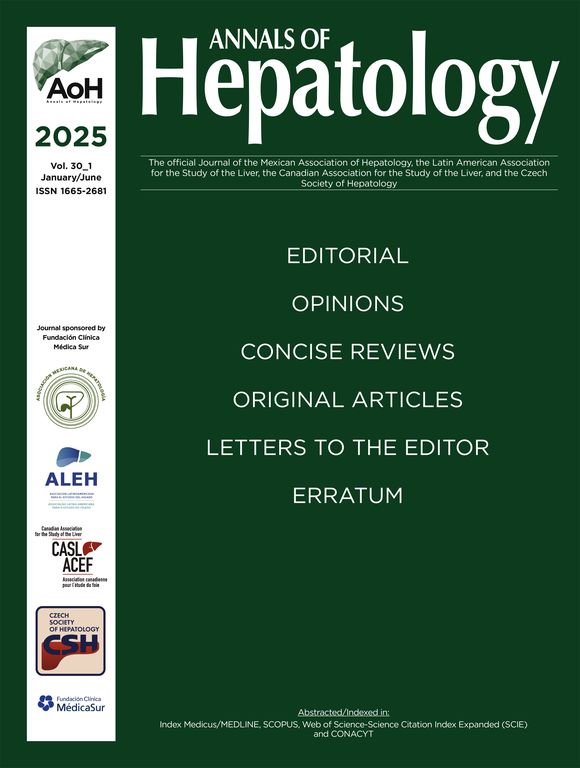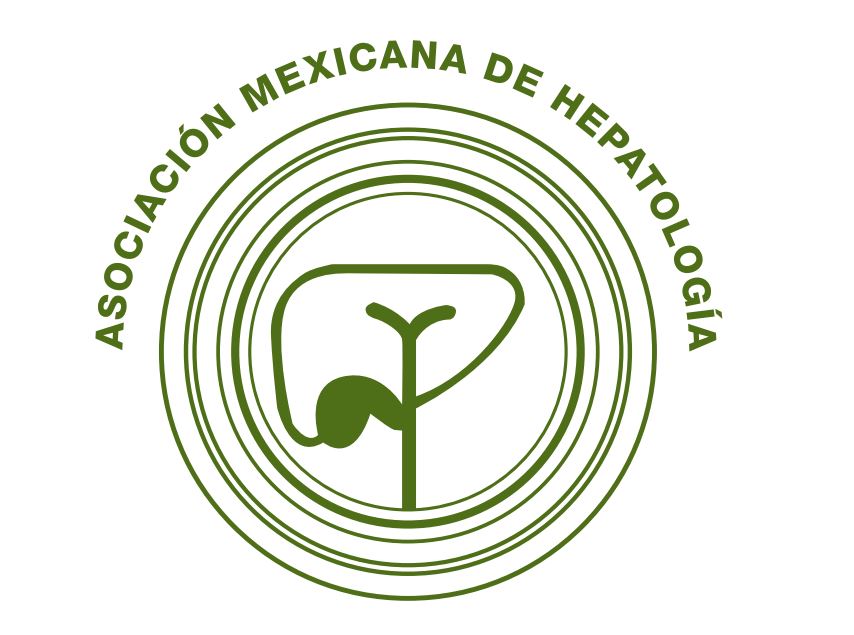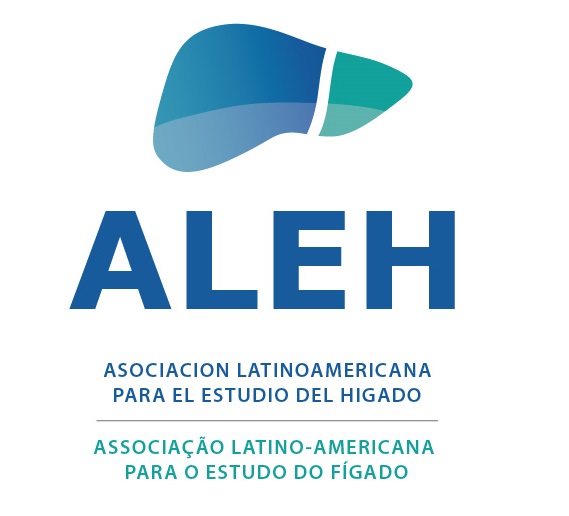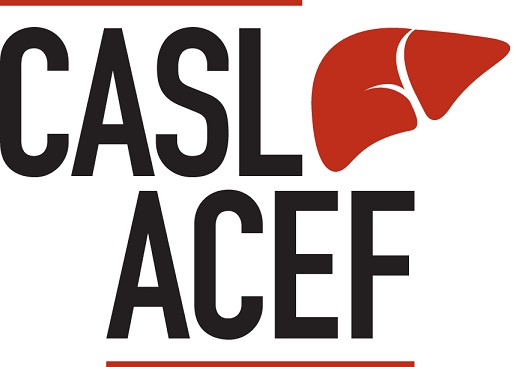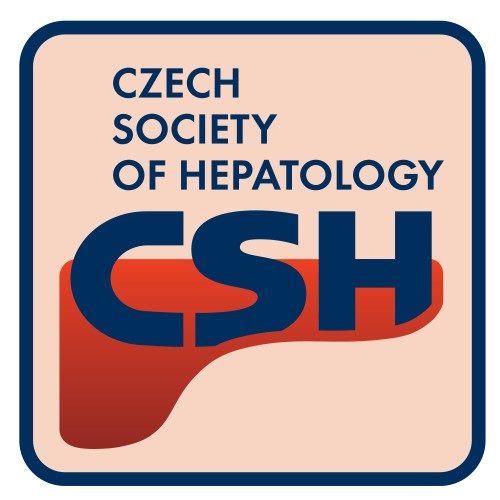It is with great interest that we read the article by Farah and colleagues on the epidemiological transition at work regarding risk factors for hepatocellular carcinoma (HCC) in South America [1]. In this study, the authors compiled data from 339 patients seen between 2019 and 2021 in six countries of the region, with Peruvian patients accounting for the most significant proportion, i.e., 125 HCC cases (37%) collected at one general services hospital. The results suggest a rise in HCCs associated with non-alcoholic fatty liver disease (37%) at the regional level, whereas infection with the hepatitis B virus (HBV) tends to decrease as an associated risk factor for HCC in South America (12%). However, our experience at the National Cancer Institute of Peru (INEN), the country's main specialist cancer hospital, gives a contrasting picture of HCC epidemiology in Peru and may provide deeper insights into the real socio-epidemiological situation at the regional level. Due to the multi-tiered health systems in Peru and South America, it is unlikely that data from a single center per country can provide an accurate picture of HCC epidemiology and its risk factors. For example, INEN treats more socially marginalized people (ca. 120 HCC patients/year) while representing a larger fraction of the country's population [2], many of whom are of Native ancestry, in comparison to the gentrifying population living in metropolises and having the benefit of health insurance [3]. Our team has published a series of articles that shed light on the elevated ratio of HBV-related HCC (81.5%) in the patient population treated at INEN [4,5]. Intriguingly, HBV infection in these patients is associated with a very low viral DNA burden, disclosing a significant rate of occult infections (33.8%) with HBV sub-genotype F1b, only detectable by ultra-sensitive molecular tests [4]. Furthermore, we identified through integrative genomic analysis a distinct molecular subtype of HBV-associated HCC with ancestry-related molecular traits [6,7]. Such higher prevalence rates of occult infection with autochthonous HBV clades (F, G, H) have been documented to a great extent in Latin American patients [8–12], stressing the need for precautions when identifying risk factors for HCC in the region [13]. Another issue concerning the study by Farah and colleagues is the data collection period between 2019 and 2021 amid the COVID-19 pandemic. Indeed, cancer patients originating from remote and underserved regions, which correspond in Peru with areas where HBV is highly endemic [14], could not reach metropolitan health centers during the COVID-19 lockdowns [15], creating thereby the possibility of recruitment bias in the collection of data. We understand that the article by Farah and colleagues has particular relevance for health policymakers in South America, who could then be deterred from persisting in their efforts to combat hepatitis B. Therefore, it appears of the utmost importance for decision-making to provide a truly comprehensive overview of the HCC epidemiology in the region by considering all published literature, in order to prevent further exclusion from cancer control programs of populations already among the most deprived in South America.
The Impact Factor measures the average number of citations received in a particular year by papers published in the journal during the two preceding years.
© Clarivate Analytics, Journal Citation Reports 2025
SRJ is a prestige metric based on the idea that not all citations are the same. SJR uses a similar algorithm as the Google page rank; it provides a quantitative and qualitative measure of the journal's impact.
See moreSNIP measures contextual citation impact by wighting citations based on the total number of citations in a subject field.
See more


